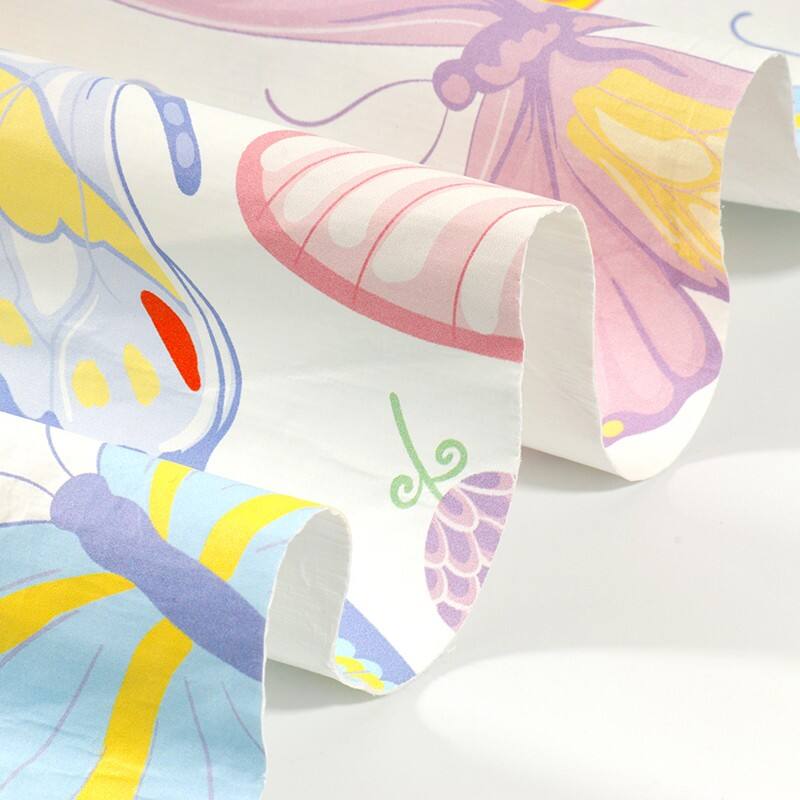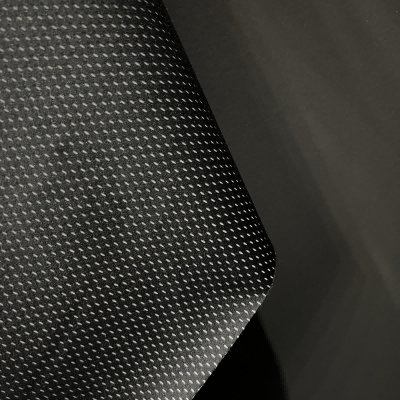light weight breathable fabric
Light weight breathable fabric represents a revolutionary advancement in textile technology, combining minimal mass with maximum airflow capabilities. This innovative material typically consists of specially engineered synthetic fibers or natural fiber blends that create a unique structure allowing air to pass freely while maintaining structural integrity. The fabric employs microscopic pores or channels that facilitate effective moisture wicking and heat dissipation, making it ideal for various applications. Its construction typically involves advanced weaving or knitting techniques that create a matrix of tiny openings, enabling optimal ventilation while preserving durability. The material excels in moisture management, rapidly moving sweat away from the skin to the fabric's outer surface where it can evaporate quickly. This technical fabric finds extensive use in athletic wear, outdoor gear, casual clothing, and even medical textiles. Its versatility extends to different weather conditions, providing comfort in both hot and moderate temperatures by maintaining an effective balance between insulation and ventilation. The fabric's lightweight nature, typically ranging from 50 to 150 grams per square meter, ensures unrestricted movement while maintaining its protective properties.


